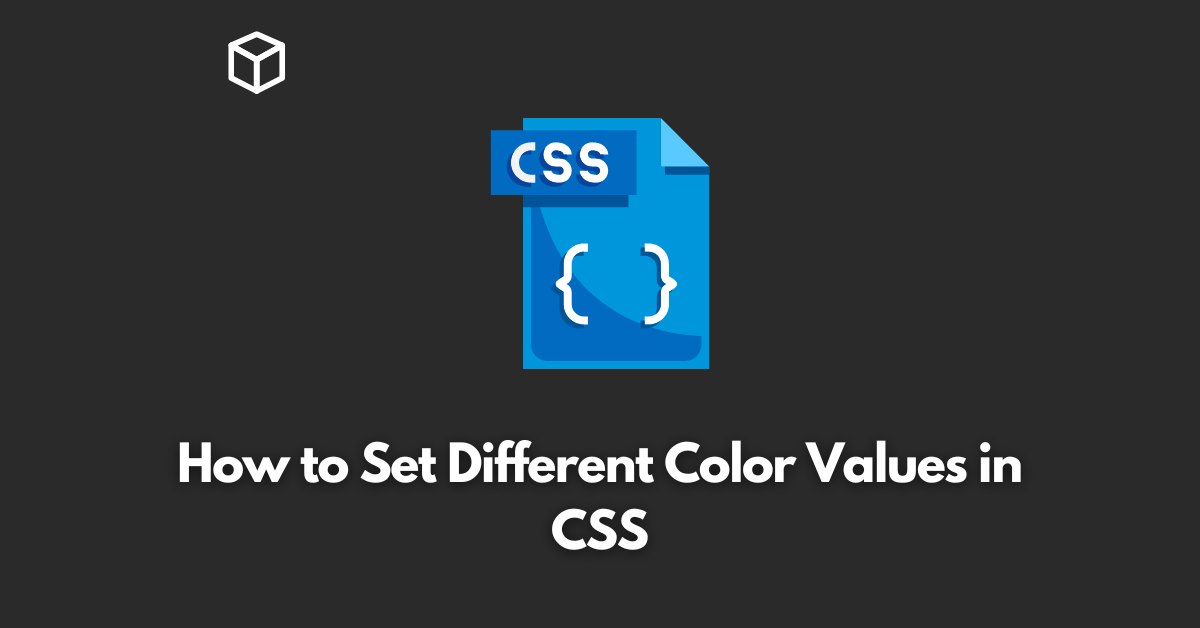Setting different color values in CSS is an important aspect of web design.
It allows you to add visual appeal to your website and make it more engaging for users.
In this CSS tutorial, we will take a look at the various ways you can set different color values in CSS, along with code examples.
How to Set Different Color Values in CSS
CSS provides several ways to set color values.
One of the most common is to use the color property, which can be applied to text, backgrounds, and other elements.
The color property accepts a variety of values, including hex codes, RGB, and HSL values.
For example, you can set the color of text to red using the following code:
p {
color: #ff0000;
}You can also use RGB values to set the color of an element.
RGB values are specified as a combination of red, green, and blue values, each of which can range from 0 to 255.
For example, the following code sets the background color of an element to a light blue color:
.light-blue-bg {
background-color: rgb(135, 206, 235);
}Another way to set color values in CSS is to use HSL values. HSL stands for hue, saturation, and lightness.
Hue is the color’s position on the color wheel (e.g. red, orange, yellow), saturation is the intensity of the color, and lightness is the brightness of the color.
For example, the following code sets the text color to a deep purple color:
h1 {
color: hsl(270, 100%, 50%);
}CSS also provides some predefined color names such as red, green, blue, etc.
However, it is not recommended to use predefined color names because it is not supported by all browsers and it can make the design inconsistent across different platforms.
In addition to setting color values for text and backgrounds, you can also use CSS to set color values for borders, outlines, and other elements.
For example, the following code sets the border color of an element to a dark gray color:
.dark-gray-border {
border-color: #333333;
}Conclusion
In conclusion, setting different color values in CSS is an important aspect of web design.
By using the color property, RGB values, HSL values, and other techniques, you can add visual appeal to your website and make it more engaging for users.
Remember to always use consistent and browser-compatible color values to ensure that your website looks great on all devices.




